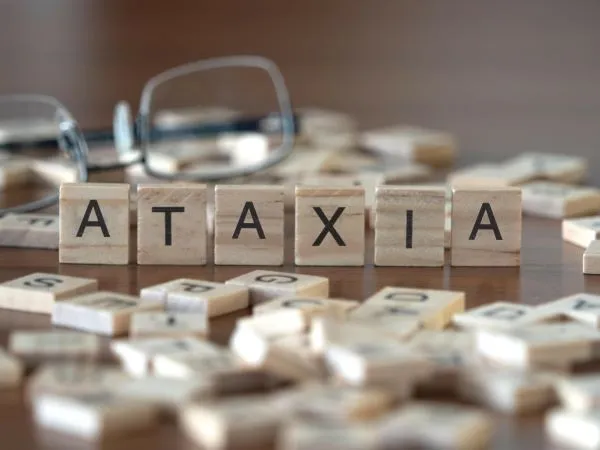ICD 10 Coding Alert
Annual Updates:
Codes for Epilepsy Disc Degeneration Highlight New Additions
Published on Mon Aug 05, 2024

You’ve reached your limit of free articles. Already a subscriber? Log in.
Not a subscriber? Subscribe today to continue reading this article. Plus, you’ll get:
- Simple explanations of current healthcare regulations and payer programs
- Real-world reporting scenarios solved by our expert coders
- Industry news, such as MAC and RAC activities, the OIG Work Plan, and CERT reports
- Instant access to every article ever published in Revenue Cycle Insider
- 6 annual AAPC-approved CEUs
- The latest updates for CPT®, ICD-10-CM, HCPCS Level II, NCCI edits, modifiers, compliance, technology, practice management, and more
Related Articles
Other Articles in this issue of
ICD 10 Coding Alert
- Diagnosis Focus:
Reinforce Your Acute Bronchitis Coding Skills
Find out if you need cause codes. Acute bronchitis typically manifests due to the presence [...] - Annual Updates:
Codes for Epilepsy Disc Degeneration Highlight New Additions
Do you know what KCNQ2-related epilepsy is? ICD-10 just settled on its list of new, [...] - Condition Spotlight:
Learn to Differentiate Among Headache Codes
Also: review the migraine code set. Headaches come and go, and many people just chalk [...] - You Be the Coder:
Surgeon’s Work Determines Diagnosis Code
Question: The surgeon took a tissue sample from the esophagus during an esophagogastroduodenoscopy (EGD) for a [...] - Reader Question:
Flex Your Coding Skills With This Charley-Horse Case
Question: The practitioner documents that a patient had a charley-horse. Which code is the most accurate [...] - Reader Questions:
Understand Lund and Browder Method to Code This Burn Case
Question: A 15-year-old boy saw our pediatrician with second-degree burns to his upper back, and entire [...] - Reader Questions:
Code Condition First on These Personality Change Disorders
Question: Encounter notes indicate that a patient suffers from “frontal lobe synd.” What diagnosis code should [...]
View All




